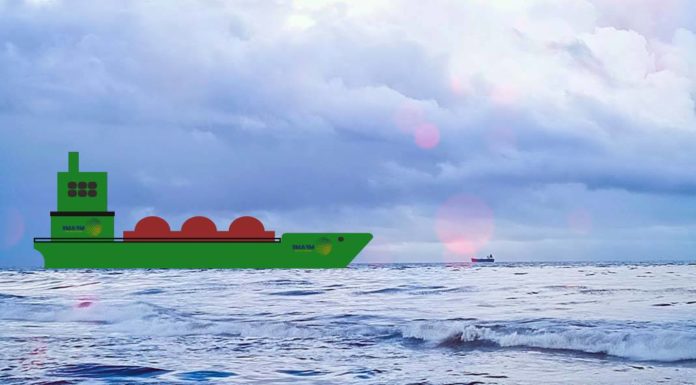- Multipurpose vessels are predicted to see an average 6% rise in their earnings this year.
- Carrier poaching threat has receded significantly in past months as the supply of containerships has been artificially reduced.
- Expectation for dry cargo trade, the bedrock of MPV demand, remains a steady 2.1% growth a year for the medium term.
- The ongoing trend for the multipurpose sector remains positive and is more upbeat than previously envisaged.
Demand for multipurpose vessels grows as lines lose interest in project cargo, says an article published in The LoadStar.
The lost interest
As container lines ‘lose interest’ in oversized cargo, larger-sized breakbulk and heavylift vessels are predicted to see an average 6% rise in their earnings this year, according to Drewry.
Breakbulk shipowners are now not seeing the usual threat to their sector from container carriers looking to top up their ships with project and heavylift cargo.
Carrier poaching
The danger from “carrier poaching” has receded significantly in past months as the supply of containerships has been artificially reduced by the vast number of vessels out of service for retrofitting of scrubbers.
Running away
According to a UK project shipper container lines were “running away” from their transport quotes.
“Clearly they have lost interest again,” he said. “We can’t rely on [the carriers] to honour their commitments, so we are scratching around in the multipurpose charter market. But there are not that many opportunities there anymore.”
MPV sector for 2020
Susan Oatway, senior analyst for multipurpose & breakbulk shipping at Drewry, said she was “more optimistic” about the MPV (multipurpose vessel) sector for 2020 on the back of stronger demand.
However, the analyst added she was reminded that the sector was “not based on a straightforward supply and demand equation – there are always other factors on the outside that influence the market.”
MPV orderbook
On the supply side, Ms Oatway said the MPV orderbook remained “thin” due to recent fallow years in the sector and a consequential lack of investment in the market.
One London broker source agreed, noting that the few orders in the past two years had been for replacement tonnage, with no new investment coming into the sector.
No right mind to invest
“There is so much uncertainty over the survival of the sector that nobody in their right mind wants to invest in building a ship that may be obsolete in five or ten years’ time,” he said.
Average ship age
Ms Oatway noted, “The average age of ships has crept up to 17 years, with some vessels now approaching 30 years. The diverse and ageing fleet has changed little over the last 12 months and, unless demolition numbers increase significantly, is set to stagnate, over the short-term at least.”
Forecaster Q4 2019
Drewry’s Multipurpose Shipping Forecaster Q4 19 report shows a headline 6% average earnings increase for the sector this year, but for smaller ships, below 15,000 dwt, the uplift is likely to be more modest.
“Our expectation for dry cargo trade, the bedrock of MPV demand, remains a steady 2.1% growth a year for the medium term,” said Ms Oatway.
The report adds:
- “Although the pace of global activity slowed in 2019, it is expected to recover this year and next. Expectations for steel production and trade are positive and, although investment in traditional projects remains weak, the momentum behind renewable energy appears unstoppable.”
- “Looking further ahead, earnings are expected to continue recovering, albeit modestly and subject to some minor corrections in 2021”.
Multipurpose sector remains positive
This, it suggests, could come from a heightening of competition from the bulk shipping sector and a likely return into the market by the container lines.
“But the ongoing trend for the multipurpose sector remains positive and is more upbeat than previously envisaged,” concludes Drewry.
Did you subscribe to our daily newsletter?
It’s Free! Click here to Subscribe!
Source: The LoadStar















